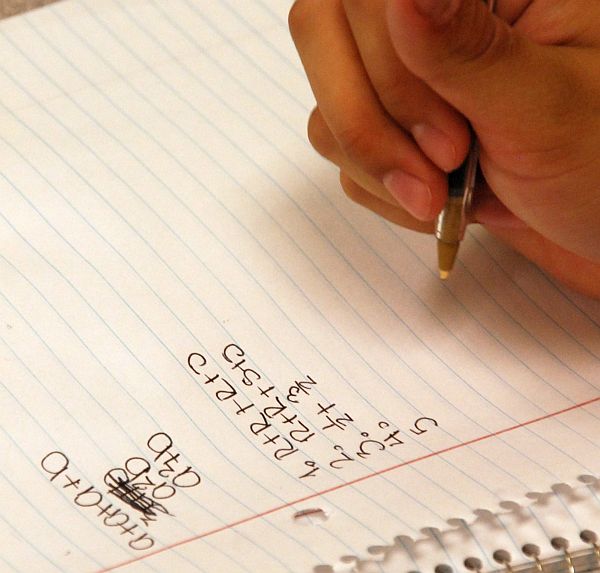We used to live in a world where few directed many: where one coach told his players to run this play; where a military general commanded a battalion to take that hill; where a CEO told his team to make those numbers. In that world everyone’s job was to use their skills to do the next thing right, to do things correctly. Today, when everybody is called upon for their qualities, to contribute their full character and creativity, everyone’s job is no longer to do the next thing right, but to do the next right thing. The former requires certain requisite skills and increasingly machines are programmed to provide just that. The latter, however, takes the kinds of character, conscience and consciousness that are uniquely human.
This from a Wall Street Journal article – Why Colleges Must Teach Students How to Pause – on a new report from the World Economic Forum – New Vision for Education, Unlocking the Potential of Technology:
Our survey of educational technology trends revealed that much more can be done to develop higher-order competencies and character qualities, to align technologies with learning objectives and to develop learning approaches that efficiently and comprehensively deploy technology throughout the stages of instruction and learning
These are both good reads and discussion pieces for getting deep into how are spending our efforts and resources in school development.
 widgets/webforum.org/nve-2015/chapter1.html Note: The starting point of the chart has been indexed to 1960.
widgets/webforum.org/nve-2015/chapter1.html Note: The starting point of the chart has been indexed to 1960.
Adapted from Levy, Frank and Richard J. Murnane. “Dancing with robots: Human skills for computerized work.” Third Way NEXT. 2013. Data provided by David Autor at MIT and updated from the original 2003 study by Autor, Levy and Murnane


